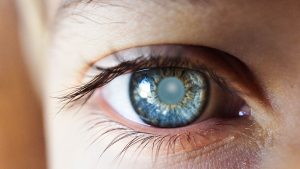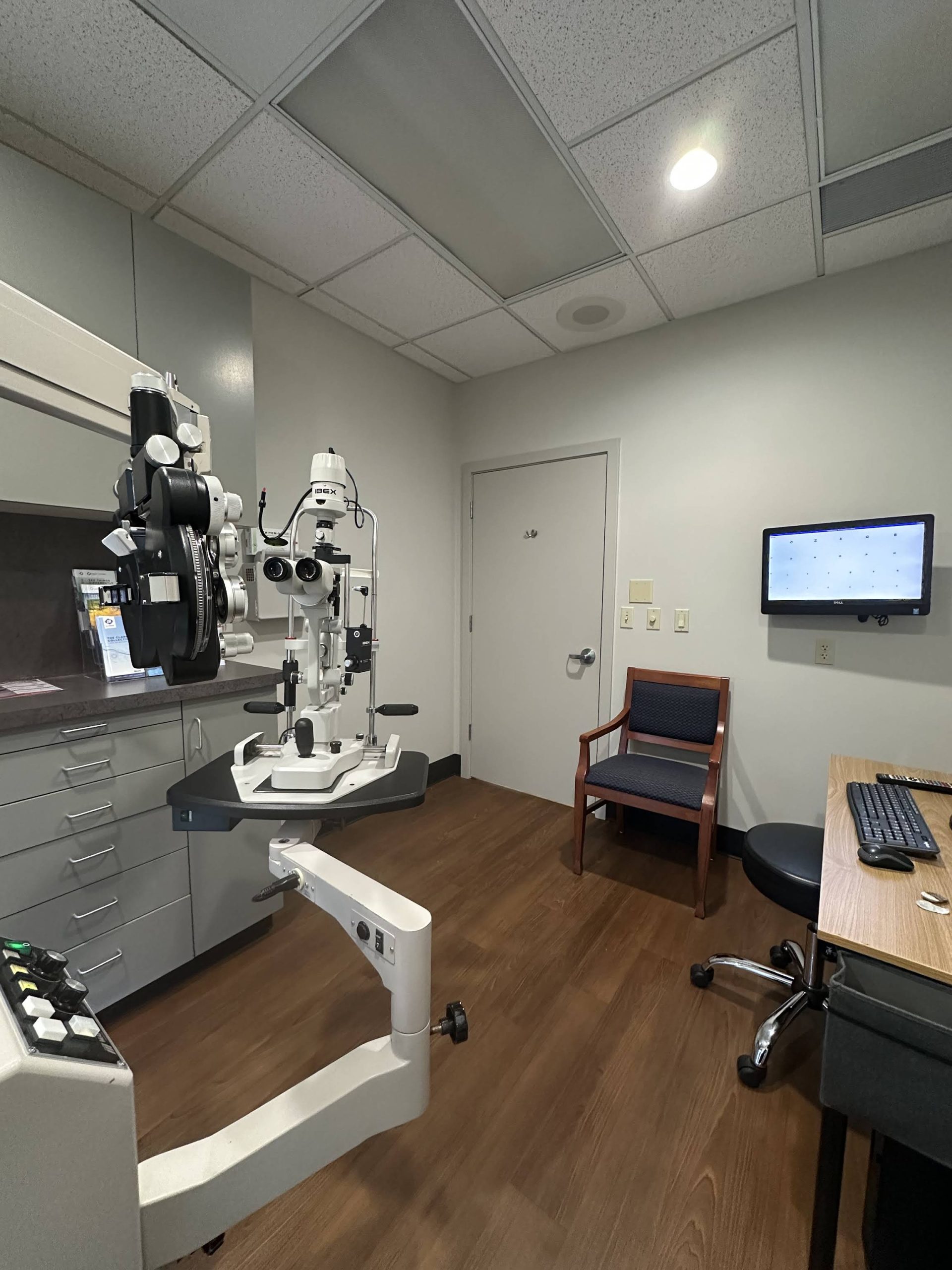 Dry eye syndrome is a common condition that affects millions of people worldwide. In Bothell, WA, residents seeking relief from this discomforting ailment have access to various treatment options tailored to their specific needs. This article explores the causes of dry eye, the symptoms to watch for, and the most effective treatments available in the area.
Dry eye syndrome is a common condition that affects millions of people worldwide. In Bothell, WA, residents seeking relief from this discomforting ailment have access to various treatment options tailored to their specific needs. This article explores the causes of dry eye, the symptoms to watch for, and the most effective treatments available in the area.
Understanding Dry Eye Syndrome
Dry eye syndrome occurs when the eyes do not produce enough tears or when the tears evaporate too quickly. This condition can lead to inflammation, discomfort, and even damage to the surface of the eye. Understanding the underlying causes is essential for effective treatment.
Causes of Dry Eye
Several factors can contribute to the development of dry eye syndrome. Environmental conditions, such as low humidity and exposure to wind, can exacerbate the problem. Additionally, prolonged screen time and contact lens use can lead to increased tear evaporation. The modern lifestyle, characterized by extended hours in front of digital devices, has significantly increased the prevalence of dry eye syndrome, as people often forget to blink, which is crucial for maintaining moisture on the eye’s surface.
Medical conditions, including autoimmune diseases like Sjögren’s syndrome, can also affect tear production. Certain medications, such as antihistamines and antidepressants, may have side effects that contribute to dry eyes. Hormonal changes, particularly in women during menopause, can also play a significant role in the development of dry eye syndrome. Recognizing these causes is crucial for determining the most effective treatment plan, as it allows for a tailored approach that addresses the specific triggers for each individual.
Symptoms to Watch For
Individuals with dry eye syndrome may experience a range of symptoms. Common signs include a persistent feeling of dryness, burning, or itching in the eyes. Some may also notice redness, blurred vision, or sensitivity to light. In severe cases, dry eyes can lead to complications, such as corneal ulcers or infections. The discomfort can be particularly troubling during activities such as reading, driving, or working on a computer, where focus is required for extended periods.
If any of these symptoms persist, it is essential to consult an eye care professional. Early diagnosis and intervention can help prevent further complications and improve overall eye health. Eye care specialists may recommend a variety of treatments, including artificial tears, prescription medications, or even punctal plugs to retain moisture in the eyes. Lifestyle modifications, such as taking regular breaks during screen time and using humidifiers in dry environments, can also significantly alleviate symptoms and enhance quality of life for those affected by this condition.
Treatment Options Available in Bothell, WA
Residents of Bothell have access to a variety of treatment options for dry eye syndrome. These treatments can range from simple lifestyle changes to advanced medical interventions, depending on the severity of the condition.
Over-the-Counter Solutions
For mild cases of dry eye, over-the-counter artificial tears can provide immediate relief. These lubricating eye drops are designed to mimic natural tears and can help alleviate dryness and discomfort. It is important to choose preservative-free options if the drops are to be used frequently.
In addition to artificial tears, eyelid scrubs and warm compresses can help maintain eye hygiene and promote tear production. Regularly cleaning the eyelids can remove debris and reduce inflammation, providing further relief from symptoms. Many residents find that incorporating omega-3 fatty acids into their diet, through supplements or foods like fish and flaxseeds, can also support overall eye health and enhance tear quality, making it a beneficial addition to their daily routine.
Prescription Treatments
For moderate to severe dry eye syndrome, prescription treatments may be necessary. Medications like cyclosporine (Restasis) and lifitegrast (Xiidra) work by reducing inflammation and increasing tear production. These treatments often require consistent use over several weeks to see significant improvements. Patients are encouraged to have open discussions with their eye care professionals about their experiences and any side effects they may encounter, as this can help tailor the treatment plan to their specific needs.
Additionally, punctal plugs can be used to block tear drainage, helping to retain moisture on the surface of the eye. This procedure is minimally invasive and can provide long-lasting relief for those suffering from chronic dry eyes. For some patients, a combination of treatments may be recommended, including the use of anti-inflammatory medications or even corticosteroids for short-term relief during flare-ups. Furthermore, advancements in technology have led to innovative therapies such as intense pulsed light (IPL) treatment, which targets the underlying causes of dry eye by addressing meibomian gland dysfunction, thereby improving tear film stability and overall comfort.
Advanced Therapies and Procedures
For individuals who do not respond to conventional treatments, advanced therapies may be considered. These options can provide more targeted relief and address the underlying causes of dry eye syndrome.
Intense Pulsed Light Therapy
Intense pulsed light (IPL) therapy is an innovative treatment that targets the meibomian glands in the eyelids. These glands are responsible for producing the oily layer of tears, which prevents evaporation. By using light pulses to stimulate these glands, IPL therapy can enhance tear production and improve overall eye comfort.
Patients typically require multiple sessions to achieve optimal results, but many report significant improvements in their symptoms following treatment. This therapy is particularly beneficial for those with meibomian gland dysfunction, a common cause of dry eye syndrome.
Amniotic Membrane Therapy
Amniotic membrane therapy is another advanced treatment option that can be effective for severe dry eye cases. This procedure involves placing a thin layer of amniotic membrane over the surface of the eye. The membrane contains growth factors and anti-inflammatory properties that promote healing and reduce discomfort.
Amniotic membrane therapy is often used for patients with corneal damage or persistent epithelial defects. While it may require a specialized eye care provider, it has shown promising results in restoring eye health and comfort.
Preventive Measures and Lifestyle Changes
In addition to medical treatments, making certain lifestyle changes can significantly improve the symptoms of dry eye syndrome. Implementing preventive measures can help maintain eye health and reduce the risk of developing this condition.
Environmental Adjustments
Adjusting the environment can play a crucial role in managing dry eyes. Using a humidifier in the home or workplace can help maintain moisture in the air, especially during dry seasons. Additionally, taking regular breaks from screens and practicing the 20-20-20 rule—looking at something 20 feet away for 20 seconds every 20 minutes—can reduce eye strain and promote tear production.
Nutrition and Hydration
Dietary choices also impact eye health. Consuming foods rich in omega-3 fatty acids, such as salmon, walnuts, and flaxseeds, can help improve tear quality. Staying hydrated by drinking plenty of water throughout the day is equally important, as proper hydration supports overall eye function.
Conclusion
Dry eye syndrome can be a frustrating and uncomfortable condition, but residents of Bothell, WA, have access to a range of effective treatments. From over-the-counter solutions to advanced therapies, individuals can find relief tailored to their specific needs. By understanding the causes and symptoms of dry eyes, as well as implementing preventive measures, individuals can take proactive steps toward maintaining optimal eye health.
Consulting with an eye care professional is essential for anyone experiencing persistent dry eye symptoms. With the right approach, it is possible to manage this condition effectively and enjoy a better quality of life.
If you’re dealing with the discomfort of dry eye syndrome and looking for personalized care in Bothell, WA, Overlake EyeCare is here to help. Our commitment to excellence ensures you receive the highest level of service for the vision you deserve. Dr. Mary Coday and our team are experts in managing dry eye and other eye health issues, utilizing advanced technology like the Lenstar for precise measurements and offering a range of intraocular lenses tailored to your needs. Don’t let dry eye syndrome diminish your quality of life. Contact Us Today to schedule your comprehensive eye examination and find the relief you need.

